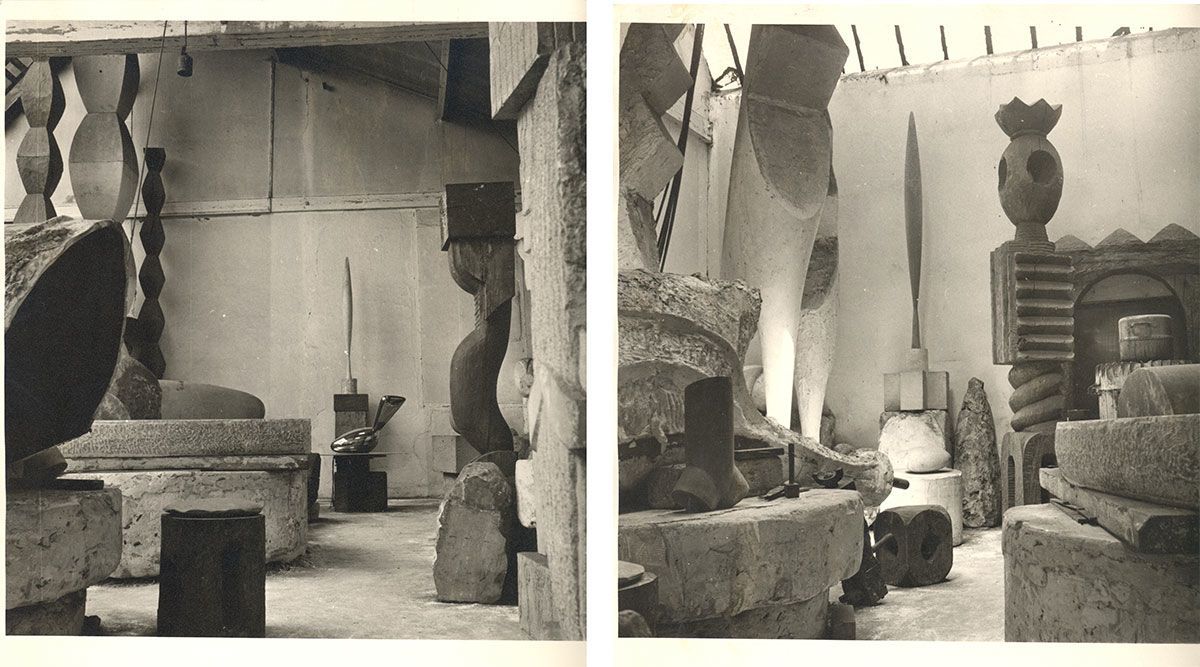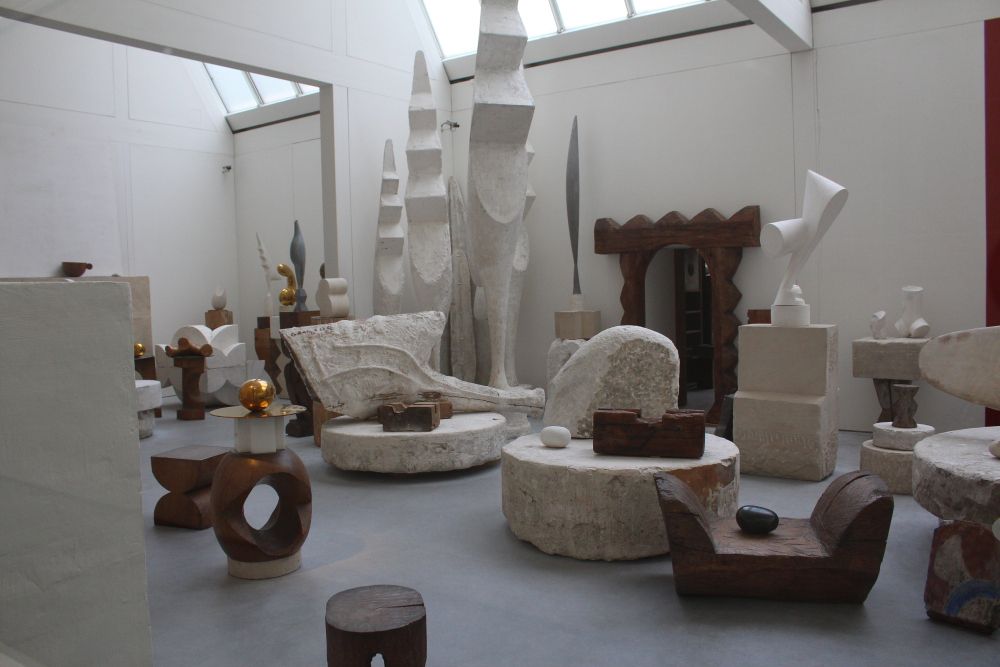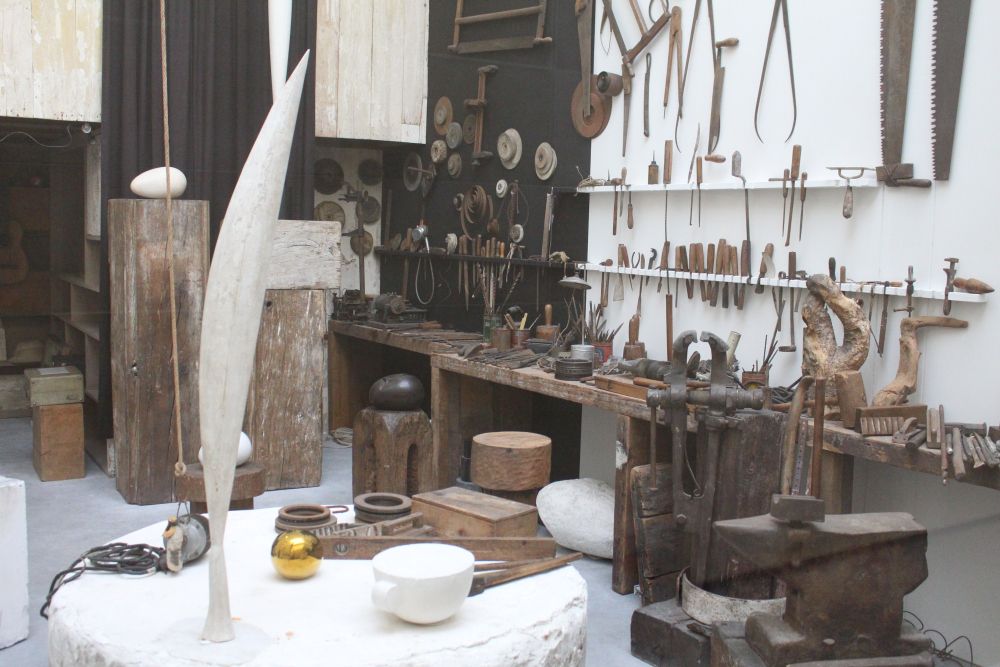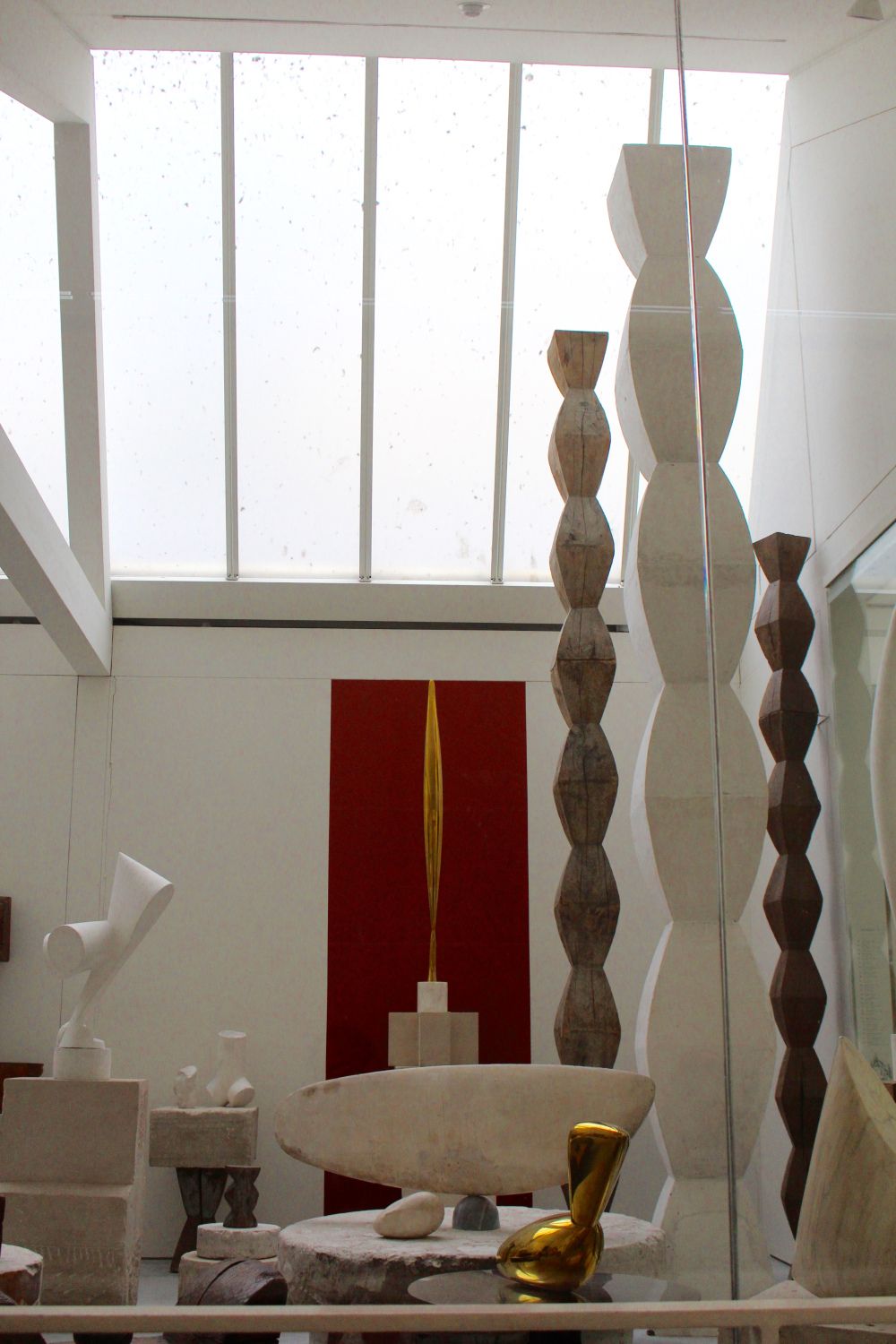CONSTANTIN BRÂNCUŞI STUDIO
- Constantin Brâncuși
Place Georges-Pompidou, 75004 Paris
Constantin Brâncuși (1876-1957) was a Romanian sculptor, painter and photographer, and is considered a pioneer of modernism. Brâncuși was born in Romania in 1876 and arrived in Paris in 1904, where he found a community of artists and intellectuals. He was invited to work for Auguste Rodin, but allegedly stated that nothing can grow under big trees, choosing instead to forge his own path.
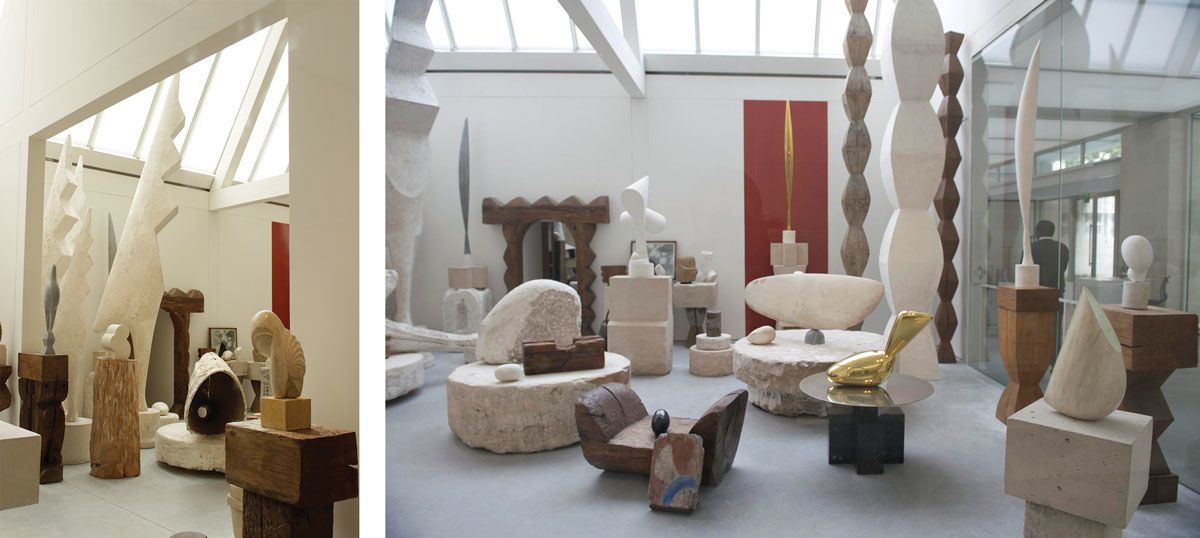
From 1916 until his death in 1957, Brâncuși worked at 8 and then 11 Impasse Ronsin in Paris's 15th arrondissement. He eventually expanded to multiple adjacent spaces, knocking down walls to create interconnected rooms where he exhibited his work. His sculptures are made mainly from materials such as metal, plaster, stone, and wood, and he left the original material intact so you could see its connection to natural origins.
For Brâncuși, the relationship between sculptures and the space they occupied was crucial. In the 1920s, the studio itself became an exhibition space and a work of art in its own right, a body of interconnected cells that all generated each other. He would revise the positions of his works almost daily, constantly seeking the most harmonious relationships between them. The studio became his preferred place for presenting his art, and the whole space functioned as a unity.
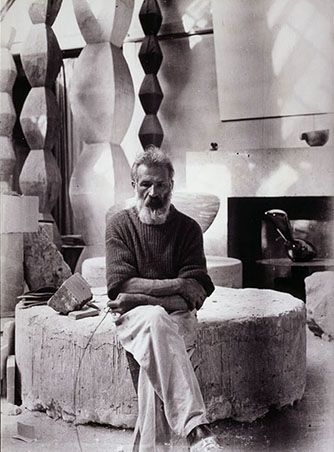
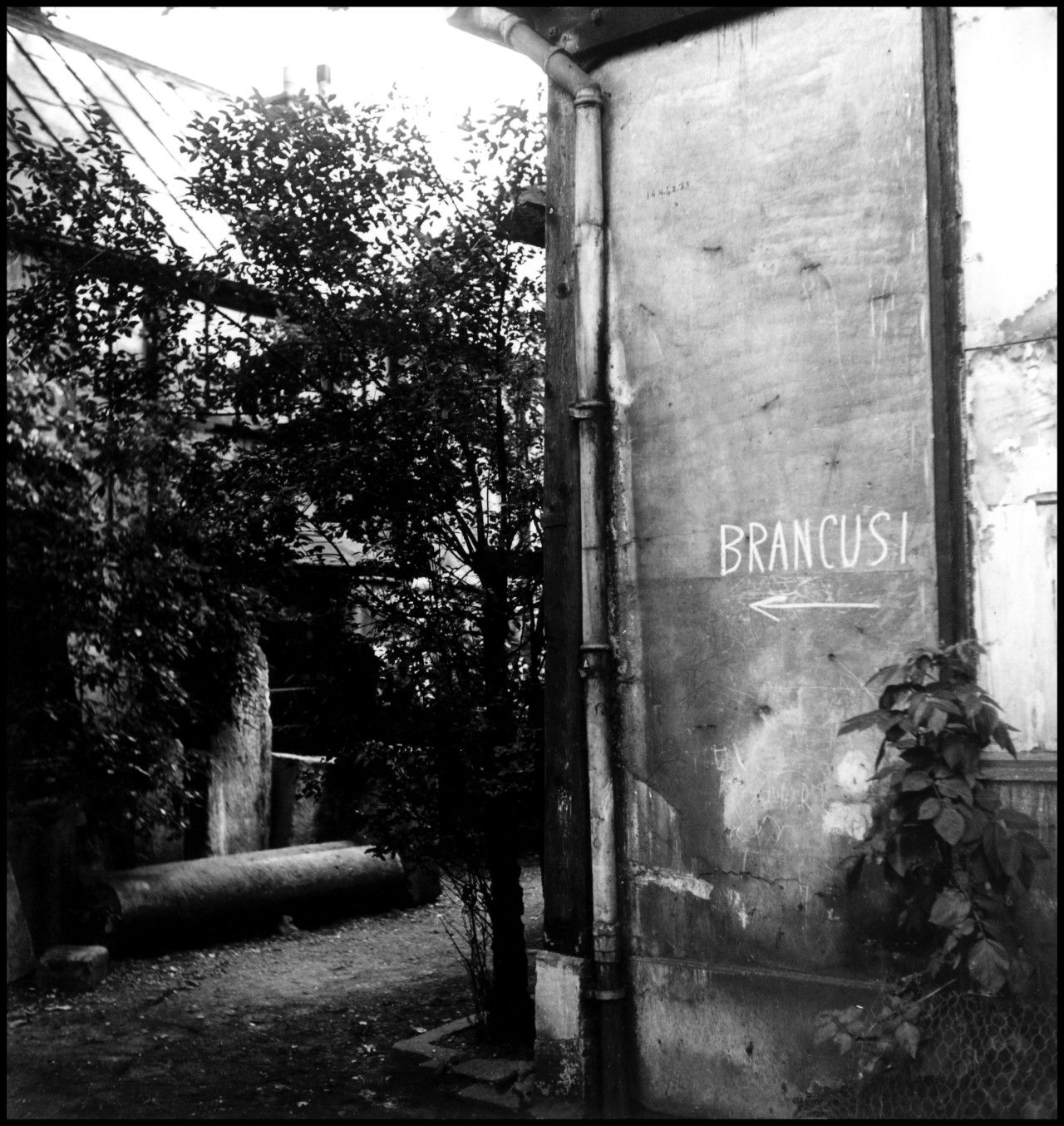
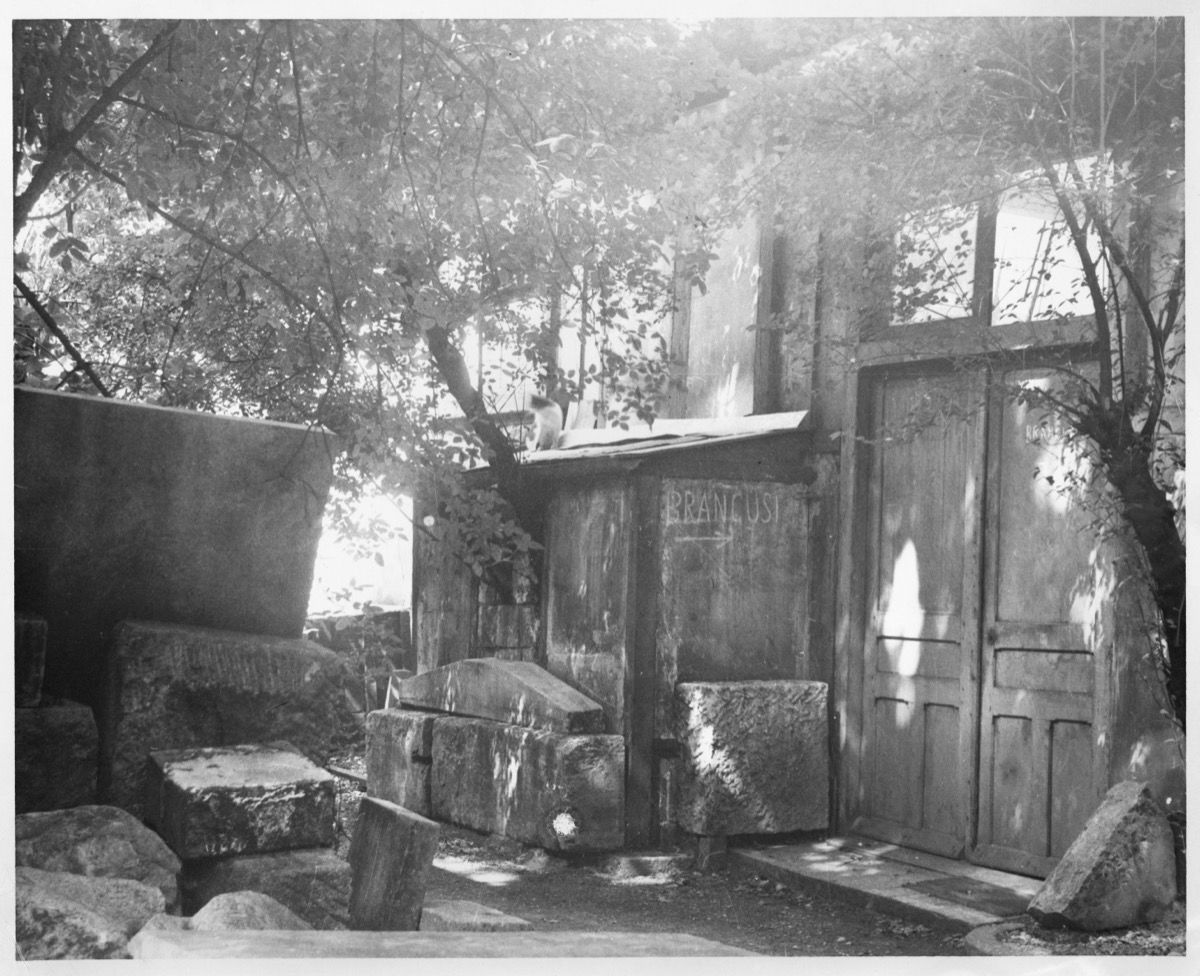
Towards the end of his life, Brâncuși stopped creating new sculptures and concentrated entirely on perfecting the relationships within the studio space. This became so important that he avoided exhibiting, and when he sold a piece, he would replace it with a plaster replica to preserve the unity of the group. The pedestals were not assigned to specific sculptures but moved from one to another depending on the relationships he was exploring.
When Brâncuși died on March 16, 1957 at age 81, he bequeathed his entire studio to the French state on one condition: that his workshop be rebuilt exactly as it was on the day he died. After an initial partial reconstruction in 1962 at the Palais de Tokyo and a second in 1977 opposite the Centre Pompidou, flooding in 1990 forced it to close. The present reconstruction, built by architect Renzo Piano, opened in 1997 in a museum space on the piazza adjacent to the Centre Pompidou.
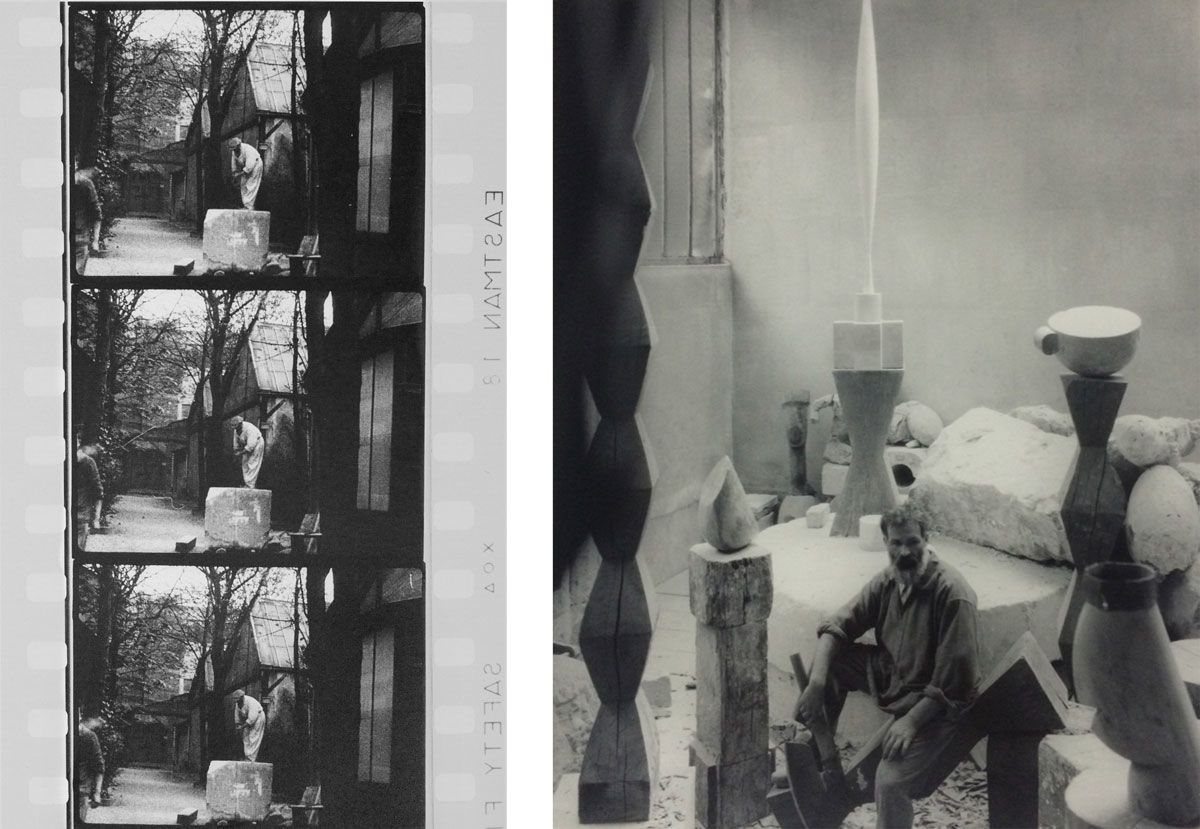
The collection contains 137 sculptures, 87 original pedestals, 41 drawings, 2 paintings, and over 1,600 glass photographic plates and original prints, along with his furniture, tools, and personal belongings. Piano's challenge was making the space open to the public while respecting Brâncuși's wishes. He preserved the idea of a protected, interiorized space through an enclosed garden, from which part of the studio can be seen through glass walls. It remains a gem in the museum's collection and offers visitors an intimate glimpse into how one of the 20th century's most important sculptors lived and worked.
